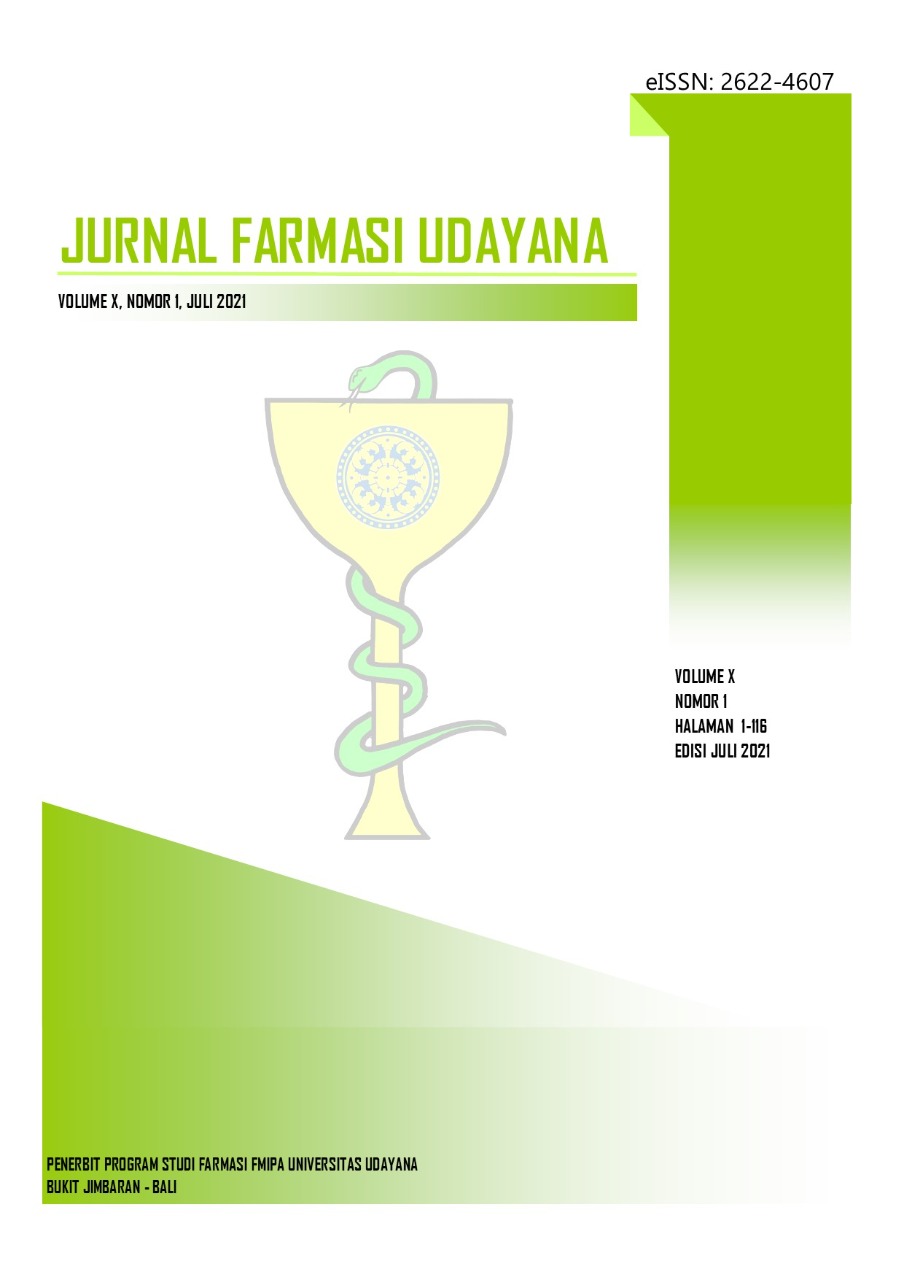Produk Inovasi Aromaterapi Berbasis Minyak Atsiri Kemenyan, Kamfer Sumatera Dan Ekaliptus
Abstract
The global pandemic Covid-19 encourages peoples to improve their immune system. Both healthy food and regular exercise, good immunity can be achieved from healthy and relaxing mind, including through aromatherapy. This is in line with increasing awareness in holistic and organic medicine. The objectives of study are to develop aromatherapy products based-on sumatran camphor, styrax, and eucalypts essential oils; and to identify consumer preferences for innovation products. A conjoint analysis was operated to determine consumer preferences. The active compounds contained in essential oils combination are including a-pinene, 1.8-cineole, limonene, b-caryophyllene and p-cymene. The combination and presence of similar active compound harmonize aroma with minimal contraindications and produce refreshing and relaxing aromas. The 1.8-cineole is known as anti-fungal, antiviral which offer relief to congested respiratory system, thereby boosts immune system. Moreover, p-cymene has been identified to reduce anxiety, nervousness, and relaxing the mind. Based on conjoint analysis, aroma has the greatest influence on consumer preferences. The most preferred profile is aromatherapy product which soft-refreshing aroma, roll-on package, volume 6 ml, at price of Rp 35,000. Aroma is influenced by personal’s perceptions, which related to initial recognition of certain scents as olfactory memory.
Downloads
References
Aswandi, A., & Kholibrina, C. R. (2020). The grading classification for Styrax sumatrana resins based on physico chemical characteristics using two-step cluster analysis. IOP Conference Series: Materials Science and Engineering, 935, 012013. https://doi.org/10.1088/1757-899X/935/1/012013
Azhari, I. (2016). Perihal Kapur Barus dan Kemenyan dalam Sumber danTulisan Sejarah. In I. Azhari & A. Aswandi (Eds.), Jejak Kapur Barus dan Kemenyan Sumatera Utara dalam Peradaban Dunia. Pusat Studi Sejarah UNIMED.
Bhatia, S. P., Letizia, C. S., & Api, A. M. (2008). Fragrance material review on borneol. Food and Chemical Toxicology, 46(11). https://doi.org/10.1016/j.fct.2008.06.031
Biro Pusat Statistik. (2020). Produksi Kayu Bulat oleh Perusahaan Hak Pengusahaan Hutan Menurut Jenis Kayu, 2004 - 2018. Biro Pusat Statistik. https://www.bps.go.id/indicator/60/1723/1/produksi-kayu-bulat-perusahaan-hak-pengusahaan-hutan-hph-menurut-pulau.html
Butler, R. A. (2020). Berapa Banyak Hutan Dunia yang Telah Menghilang dalam Satu Dekade ini? https://www.mongabay.co.id/2020/06/13/berapa-banyak-hutan-dunia-yang-telah-menghilang-dalam-satu-dekade-ini/
Dharmananda, S. (2003). Dryobalanops for medicine. Institute for Traditional Medicine.
Duke, S. (2015). Plants containing Borneol. In Phytochemical and Ethnobotanical Databases.
EMR. (2020). Global Borneol Market Outlook. https://www.expertmarketresearch.com/reports/borneol-market
Gusmailina, G. (2015, April 1). Borneol potensi minyak atsiri masa depan. https://doi.org/10.13057/psnmbi/m010215
Heyne, K. (1987). Tumbuhan Berguna Indonesia (III). Yayasan Sarana Wana Jaya.
Huo, G. Z. (1995). Bing pian’s anti-inflammation and analgesia effects on laser burn wounds. China Journal of Farmacy, 30(9), 532–534.
IUCN. (2020). The IUCN Red List of Threatened Species. https://www.iucnredlist.org/
Kholibrina, C R, & Aswandi, A. (2020). The consumer preferences for new styrax based perfume products using a conjoint analysis approach. IOP Conference Series: Materials Science and Engineering, 935, 012016. https://doi.org/10.1088/1757-899X/935/1/012016
Kholibrina, C. R., Aswandi, A., & Saputra, M. H. (2015). Peningkatan Produktivitas Hasil Hutan Bukan Kayu Jenis: Jernang (Daemonorops spp), Kapur (Dryobalanops aromatica) dan Cendana Aceh (Santalum album) Melalui Pengembangan Bibit Unggul dan Teknik Silvikultur.
Mank, V., & Polonska, T. (2016). Use of natural oils as bioactive ingredients of cosmetic products. Ukrainian Food Journal, 5(2). https://doi.org/10.24263/2304-974X-2016-5-2-7
Pasaribu, G., Gusmailina, G., & Komarayati, S. (2014). Pemanfaatan minyak Dryobalanops aromatica sebagai bahan pewangi alamI. Jurnal Penelitian Hasil Hutan, 32(3). https://doi.org/10.20886/jphh.2014.32.3.235-242
Rajeswara, R. B. R. (2016). Hydrosols and water-soluble essential oils of aromatic plants: Future economic products. Indian Perfumer, 56, 29–33.
Sharif, A., Nawaz, H., Rafia, R., Ayesha, M., & Rashid, U. (2016). A review on bioactive potential of Benzoin resin. International Journal of Chemical and Biochemical Sciences, 10, 106–110.
Yamada, T., & Suzuki, E. (2004). Ecological role of vegetative sprouting in the regeneration of Dryobalanops rappa , an emergent species in a Bornean tropical wetland forest. Journal of Tropical Ecology, 20(4). https://doi.org/10.1017/S0266467404001300




